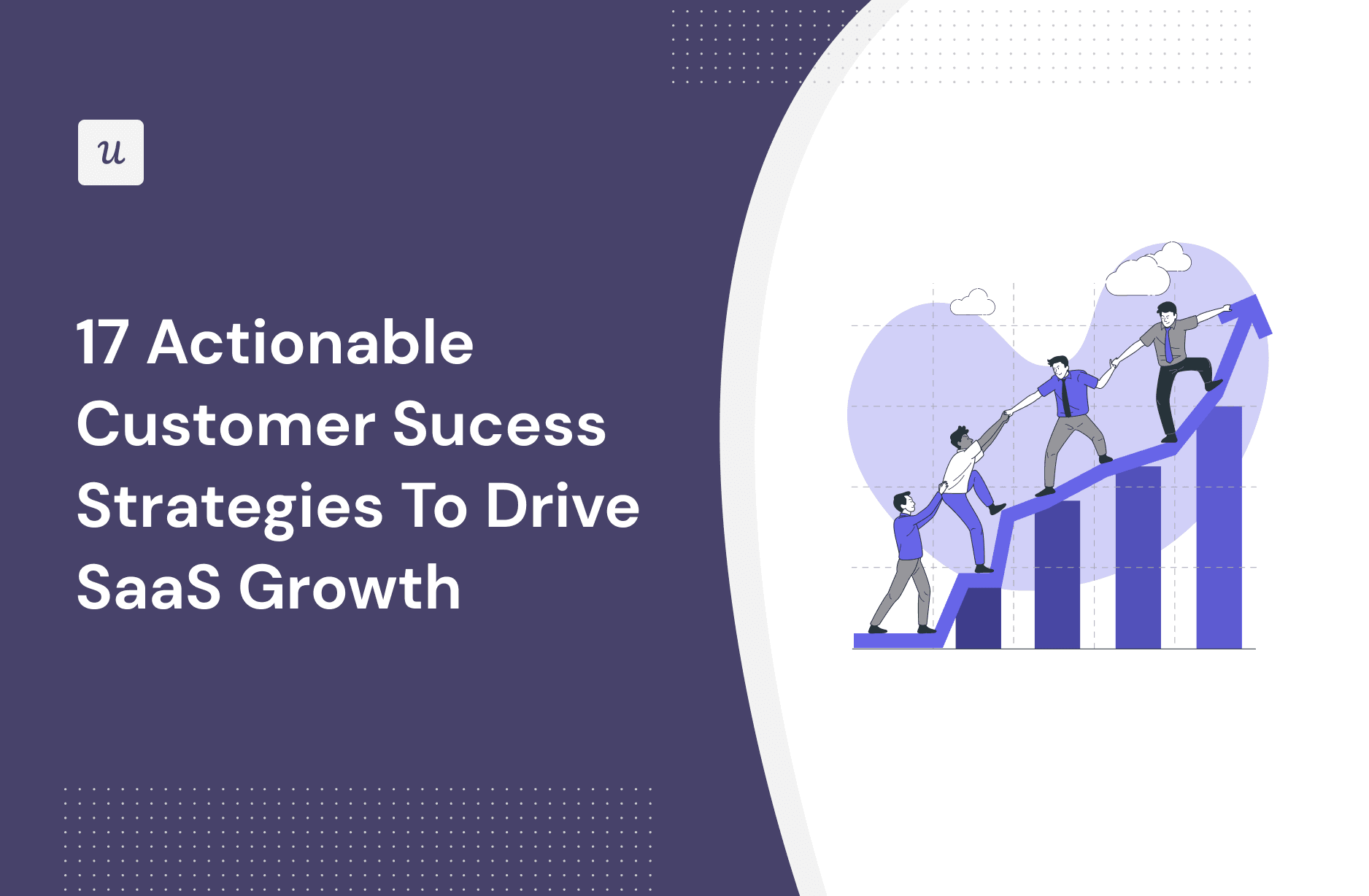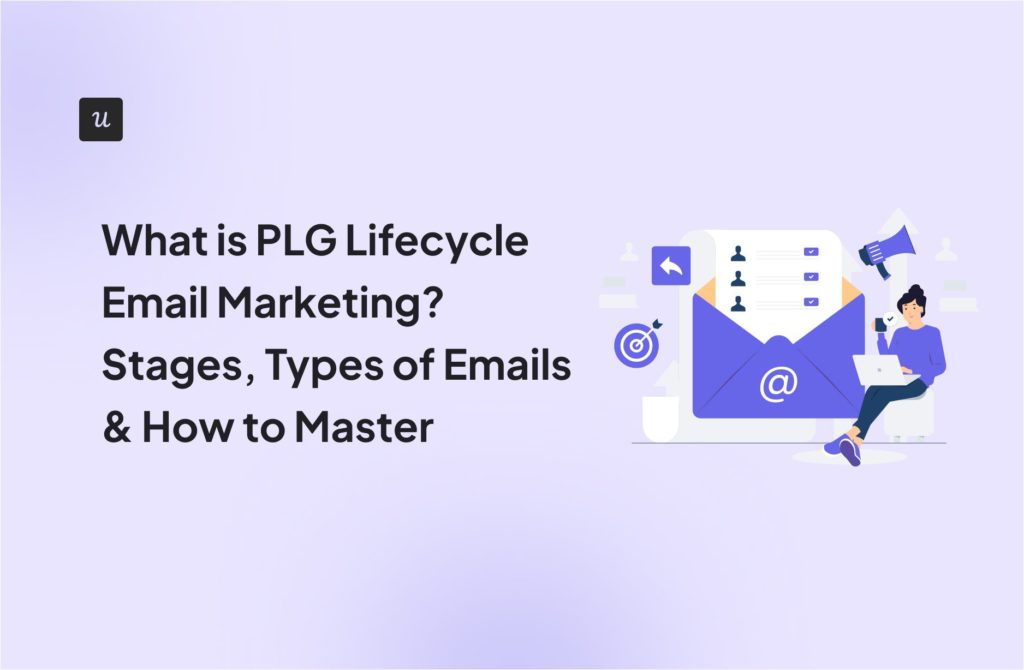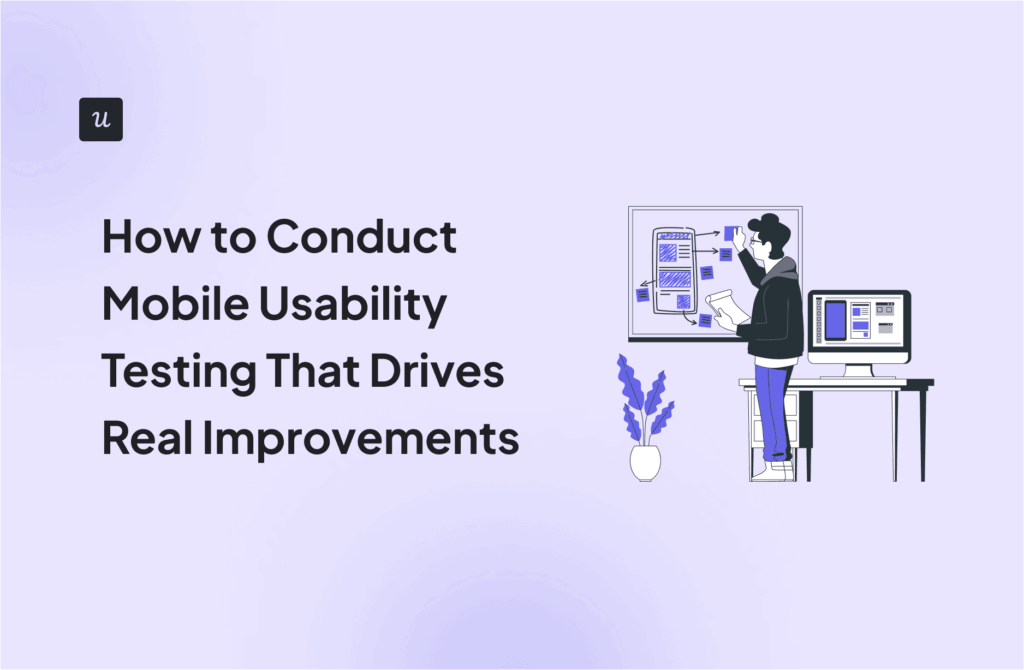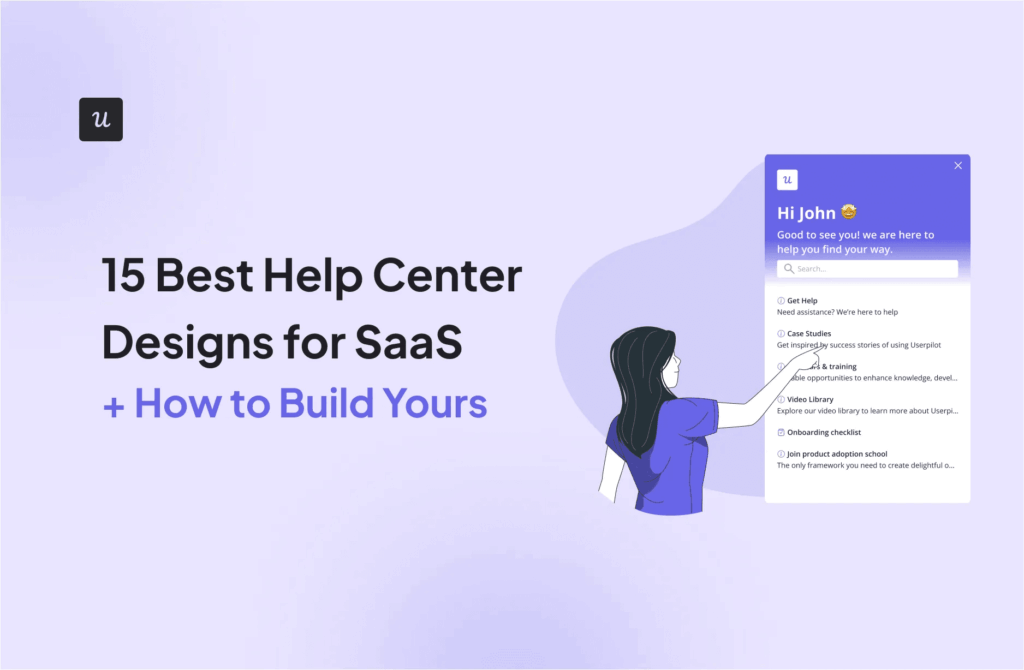
17 Actionable Customer Success Strategies To Drive SaaS Growth
Get The Insights!
The fastest way to learn about Product Growth, Management & Trends.
What is customer success?
Customer success is any methodology or initiative a business uses to help its customers achieve their desired outcome with the product or service. When successful, it creates smooth experiences that drive customer loyalty.
Customer Success vs Customer Service vs Customer Experience
Although they are sometimes used interchangeably, these three terms have distinct meanings and roles in the customer journey.
Customer service involves assisting customers and resolving their queries promptly. Its main objective is to resolve customer problems efficiently and quickly.
On the other hand, customer success focuses on helping customers achieve their desired outcomes with your product. It aims to provide guidance and support and create long-term customer relationships.
Finally, the customer experience is the totality of the customer’s perception of a business, from their first interaction to the last. Good customer experiences leave a lasting impression that fosters trust and loyalty.

Why do you need an effective customer success strategy?
An effective customer success strategy is crucial for any business for three primary reasons:
- Improved customer satisfaction: A proactive customer success program provides continuous value, leading to improved customer satisfaction metrics.
- Drive customer engagement: Satisfied customers are more likely to stick around and avoid seeking alternative products.
- Increase customer retention and revenue: Retaining customers is significantly cheaper than acquiring new ones. It also boosts your revenue through upsells, cross-sells, and referrals.
17 effective customer success strategies that drive retention
Ready to create a customer success strategy framework that drives engagement and boosts customer satisfaction? Here are 17 strategies that can help you improve customer success in your business:
Send a welcome message to leave a good first impression
A welcome message is an excellent tool for creating a good first impression with new customers. In addition to creating a positive first impression, a good welcome message encourages new customers to engage with the product.
In-app welcome messages also present a great opportunity for collecting user data. Add a few questions to your message to learn about the user’s pain points and goals and segment them accordingly.
To be truly effective, welcome messages should be warm and informative. It should contain the customer’s name, explain the product value, and have a clear call to action. If sent as an email, it should also contain links to helpful resources.

Assign a call for new customers with customer success managers
One way to ensure your customers succeed with your product or service is by providing them with adequate guidance from the start.
Set up a demo call between a member of your customer success team and the customer. This is your chance to ensure the customer’s journey is seamless from the start, by ensuring the initial set-up is great and answering all of their questions.
The initial set-up call is also a good opportunity for the customer success team to begin building rapport with the customer. Handhold them through the setup, understand their needs, and engage them with your product.

Create a personalized onboarding process to shorten TTV
An effective onboarding process ensures quick product value realization by addressing the customer’s specific needs. To do that, your onboarding process should be tailored according to the user’s goals and the jobs to be done.
The more personalized the experience is, the more likely they are to engage with the product and experience value.
Use a welcome survey to collect relevant user information by asking a few easy-to-answer questions. Then, segment customers according to their needs and trigger an onboarding process that helps them achieve their goals.

Drive users toward value realization with checklists
Another important customer success strategy that aids timely value realization is the use of checklists. Create an onboarding checklist with 2-5 essential tasks that will lead users to activation.
Your goal here is to help them get started with the product and track their progress. So, keep the items simple and task-oriented.
You can also personalize the checklists for different customer segments. This enables you to keep the key actions on the checklist relevant to the user’s goals with your product or service.

Help users achieve success via in-app guidance
You can also reduce the time and effort customers spend figuring out your product and its many features by providing them with in-app guidance.
For example, you can use interactive walkthroughs to teach users by doing. This step-by-step product guide shows users how to use each feature contextually and effectively.
Unlike product tours, interactive walkthroughs do not just run through the product. They require the user to take an action or click a button, ensuring that all instructions are well received.

Introduce users to advanced features with continuous onboarding
You simply can’t provide all the information your users may need in one sitting. This is especially true if your product is large with multiple features and functionalities.
Herein lies the power of continuous onboarding. Trigger walkthroughs and in-app messages (such as tooltips) to provide guidance when a user first interacts with a feature.
As users adopt the core features needed for their use, you can also launch a secondary onboarding cycle to drive the discovery and adoption of other features.

Monitor customer satisfaction across the customer lifecycle
Customer satisfaction surveys help you determine the effectiveness of your customer success strategies. They also help you to gauge user sentiment across different customer touchpoints – including product functionality, customer support, and more.
Trigger CSAT surveys at different customer touchpoints through the customer lifecycle. This should help you understand on a granular level how each experience makes a customer feel and how well it is crafted.
By regularly assessing customer perceptions and satisfaction levels, you learn what you need to do to improve the customer experience, boost customer retention, and drive customer loyalty.

Close the customer feedback loop to improve satisfaction
As part of your customer success strategies, feedback collection alone is not enough. To be effective, you must act on the feedback. Following up on it is what builds trust and improves satisfaction.
Closing the feedback loop isn’t complex, either. It can appear as a simple thank you message with a reassurance that you’re working on implementing the feedback.
It can also appear as an explanation of why things are the way they are and how the customer can navigate them. Whichever the case, your goal here is to restore customer confidence by keeping them informed.

Offer self-service support options
Relieve the pressure on your customer service team by offering self-serve support options. You can do this by providing users with an in-app resource center.
This is a space where users can find educational content and helpful resources on demand within the application. This means that users no longer need to wait long hours for a response from the customer service team as they can solve their problems.
A good resource center features a variety of resources and content types. It may contain video tutorials, knowledge base articles, product documentation, live chat, etc.

Unlock consistent value for your existing customers with webinars
Webinars are yet another proactive customer success strategy. They are an opportunity to talk with users face-to-face and introduce them to advanced use cases, help them through obstacles, troubleshoot, and more.
As with everything else, though, good webinars are contextual and webinar invites should only be sent to customers who need them.
For example, a new user who has just begun using your product analytics tool will take some time to learn the basics of the tool. Inviting this user to an advanced analytics webinar will only cause them confusion.

Keep customers in the loop with new feature announcements
The goal of any new feature release is for customers to use the feature. But not every user checks what’s new every time they log in. This customer success strategy helps ensure that all users are aware of any new releases.
New feature announcements help you communicate news about feature releases to both active customers and churned ones. It can also be a useful tool for attracting potential customers.
Ultimately, your goal here is to drive feature discovery and, in turn, increase your adoption rate. You can also send out different announcements to different user segments to ensure it is relevant to their needs.

Implement referral programs to foster customer loyalty
Referral programs encourage your existing customers to become avid brand advocates by offering them incentives. For example, Dropbox offered customers 500 MB of extra storage for every new customer they brought in.

This form of word-of-mouth marketing strengthens your relationship with loyal customers, making it beneficial for all parties. When done correctly, it builds customer loyalty, encouraging customers to stick with your brand.
Define success and measure it with the right metrics
What does customer success mean to you? Is it the everyday use of your product or service, the consistent use of an advanced feature, conversion from free to paying customer, or what exactly?
A strong customer success strategy must define what success means and identify relevant customer success metrics for measuring success. Some of these metrics include:
- Activation rate: The rate at which new users who sign up within a period end up at a defined activation point, such as a series of key actions.
- Feature adoption rate: The adoption rate is the percentage of users who regularly use a feature to solve a problem or complete a task.
- Customer engagement score: A measure of how engaged your existing customers and free trial prospects are.
- Free to paid conversion rate: The percentage of customers who sign up within a period and become paying customers before or after their trial ends.
- Net Promoter Score: The NPS score is a customer satisfaction metric that reflects how likely a customer is to recommend your product to others.
- Customer retention rate: The percentage of customers your business retains over a specified timeframe. High retention rates indicate low customer churn.
- Customer lifetime value: A prediction of the net revenue gained from a customer during their time with your product.
A/B test your product experiences to find the best-performing one
This customer success strategy is designed to ensure that your efforts at customer success aren’t wasted. After creating interactive flows, UI patterns, and more, conduct A/B tests to see which ones convert better.
By trying out different flows and experiences, you’ll learn which one resonates better with your user base. Then, you can adopt that one for the long term.

Identify the drop-off points in the customer journey and fix them
Friction points in your product and business disrupt the customer experience and slow down product adoption and retention. This may be due to dead-click zones, or overly complex systems.
Examine your product for junctures of disengagement. Then investigate further with other UX research methods to understand the cause of the friction. Finally, ensure you act on the data to improve customer success.

Regularly analyze customer retention and iterate your strategy
Conduct regular customer retention analysis to understand customer behavior around using and abandoning your product. This will help you to maintain healthy product growth through constant improvement.
You can analyze retention trends using cohort and retention tables. These tables track and analyze user engagement over time for different cohorts.
By examining the data for several different periods, you can more easily spot when churn problems appear. It also becomes easier to determine the reason for user churn when it appears.

Equip your customer success team members with the necessary tools
You simply cannot implement great customer success strategies without the right customer success tools. These tools provide customer success teams with a full 360-degree view of your customers.
They enable your CS team to identify customers that need assistance or potential drop-off points in the customer journey. They also enable you to automate and scale the customer success process.
Customer success software to have in your stack
Due to the broad scale of customer success, most CS tools tend to focus on only one aspect or related aspects of CS. These tools can be organized into the following groups:
Product analytics tools
Product analytics tools are software tools that help you collect and analyze user interaction data within a product. They help you track in-app events, visualize user behavior data, monitor engagement levels, and more.
Some examples of product analytics tools include:
- Userpilot: Userpilot is a product growth platform that allows you to harness user data to drive engagement and adoption. It is a powerful tool used by product and customer success managers to understand user behavior and curate personalized experiences.
- Heap: A robust analytics platform for drawing out in-depth customer behavior insights and tracking user interactions in real time.
- Mixpanel: A simple tool for tracking and analyzing in-app activities, measuring growth, and uncovering trends.
Customer relationship management tools
Customer relationship management tools help you build and maintain your relationships with customers. These tools help you provide an omnichannel experience by uniting your communications in one place.
Some CRM tools include:
- Zendesk: Zendesk offers a large array of CRM tools, from email marketing to live chat, helpdesk, and more.
- Hubspot: A robust tool for designing, building, and tracking customer relationships. Hubspot’s many features and integrations align support, sales, and marketing teams to streamline business processes.
- Freshworks: Freshworks provides a variety of tools for messaging, omnichannel support, customer requests management, etc.
Sales and marketing automation tools
Marketing automation tools help automate marketing campaigns and sales processes. They impact everything from social media management to email marketing tools and tools that improve the customer experience.
Some of these include:
- Salesforce: An AI-powered tool for finding new leads and turning them into customers. It synchronizes customer data from marketing to sales and customer service.
- MailChimp: An email marketing automation tool for creating and sending custom emails. It supports contact segmentation, AI-generated emails, and more.
- Buffer: A social media management platform for planning, scheduling, and publishing content on Instagram, TikTok, Twitter, and more from one dashboard.
Customer feedback tools
Customer feedback tools enable the collection of user feedback at scale. They allow you to create easily customizable surveys for gathering data and making data-driven decisions.
Some examples include:
- Userpilot: Userpilot enables you to create and analyze a variety of surveys that are automatically triggered during the customer journey. This includes NPS surveys, CSAT surveys, and other custom in-app surveys.
- SurveyMonkey: An online software for creating, sending, and analyzing professional online surveys
- Typeform: Typeform is a dedicated survey tool for creating beautiful long-form conversational surveys.
Conclusion
Creating and working with the right customer success methodology can be the difference between being a successful or unsuccessful customer success manager.
Whatever your chosen customer success strategies may be, Userpilot is an invaluable addition to your toolkit. It aids everything from user onboarding to feedback collection and product analytics. Book a demo now to learn more!







